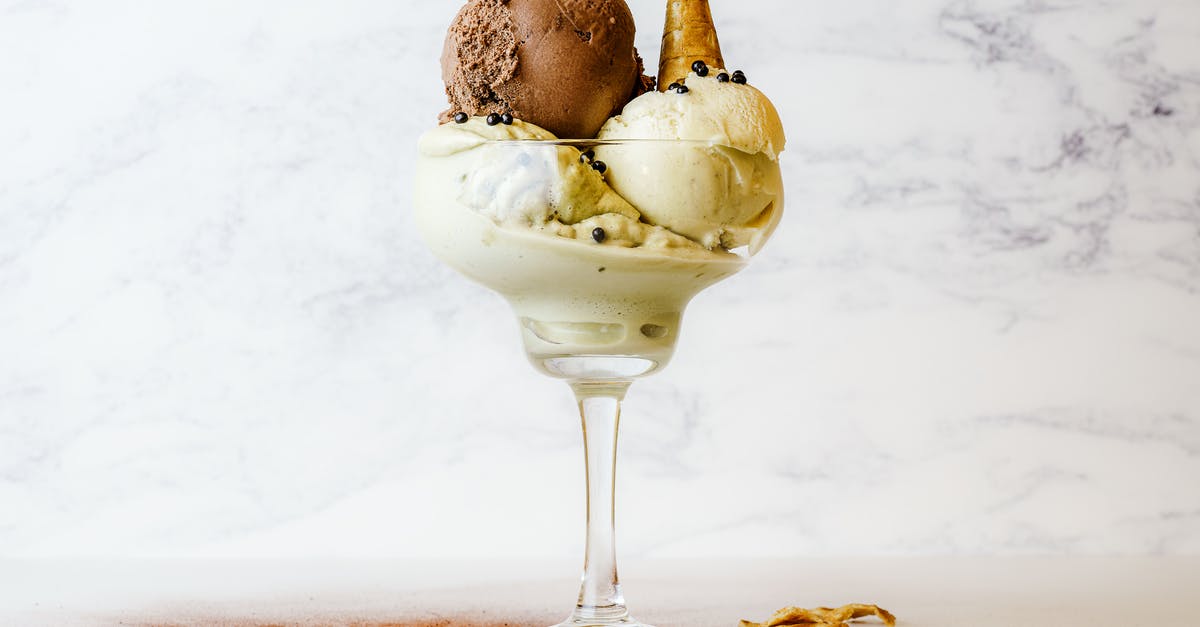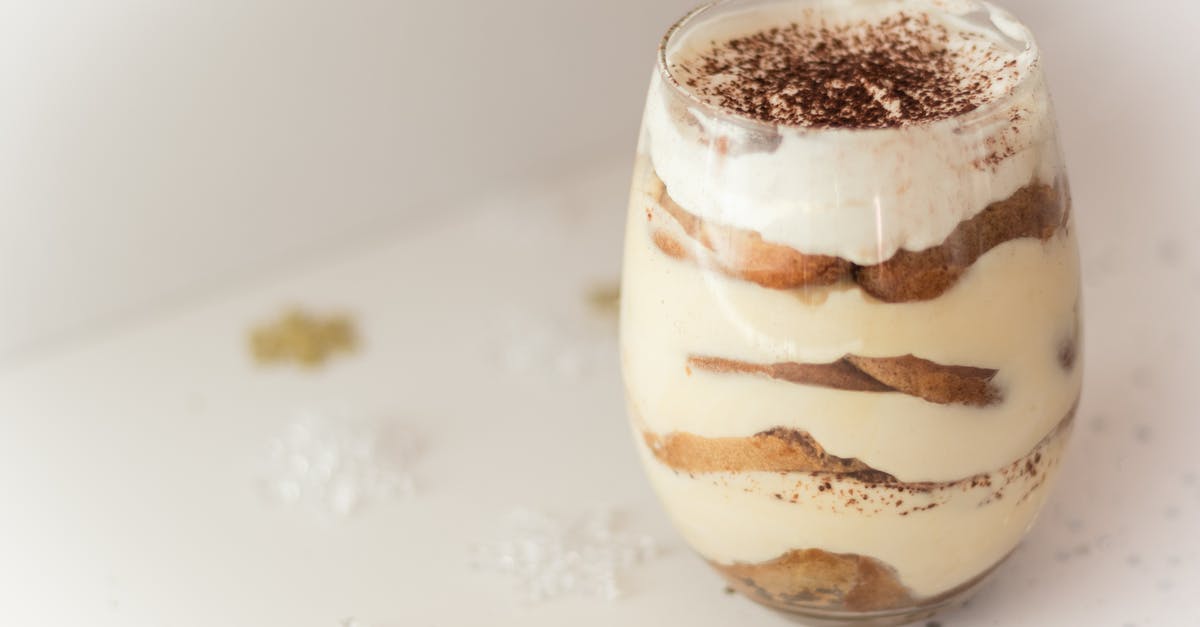Why would dipping a cold item in chocolate "help" with tempering?

I took a chocolate dipping class last week. The instructors gave us globs of chocolate to temper on a marble surface, and lots of ingredients to coat in the chocolate. Some ingredients (hard pretzels, graham crackers, marshmallows) were room temperature, and some were refrigerator-cold (strawberries, raspberries). The instructions said that the chocolate would temper better on the strawberries and raspberries, even if it wasn't well-tempered.
Why would the temperature of the item to dip improve the chocolate's tempering? Could I exploit this to make the tempering on other ingredients (pretzels, for example) work better?
Best Answer
To answer your last question: yes.
Regarding the previous question, it's because the temperature at which the cocoa butter in the chocolate crystallizes affects the overall consistency of the chocolate. If you've ever eaten a chocolate bar that was left in a car on a hot day after it has cooled down again, and who hasn't, you'll know about this. Sometimes chocolate tastes fine but has a definite 'grittiness' to it: other things being equal, that's usually because the cocoa butter crystals are too large.
Cocoa butter has a number of different crystal forms, each of which will have a slightly different effect on texture and melting point. When melted chocolate sets, the cocoa butter crystallizes, and it will generally all crystallize with the structure that it starts to crystallize with. (This process where crystals start to grow is called nucleation.)
So you want to have control over the temperature at which crystallization starts. The optimum crystal form for nice chocolate will tend to predominate when crystallization starts somewhere between 18-25 degrees C (around 64-77F).
So if you think about it: when you add room temperature stuff (like a pretzel) to chocolate that is considerably hotter than room temperature, the resultant temperature on the surface of that pretzel will likely be way higher than 18-25 degrees. On the other hand, if you are dipping an item that is significantly below room temp, then your chances of hitting that window are much higher.
The surface structure of the thing being dipped can of course make a difference to crystallization as well, but for normal purposes that is marginal. To put it another way, it doesn't matter what ingredients you're dipping - temperature is key!
Pictures about "Why would dipping a cold item in chocolate "help" with tempering?"



Why must chocolate be tempered before it cools?
Proper \u201ctempering\u201d\u2014heating and cooling chocolate to stabilize it for making candies and confections\u2014gives chocolate a smooth and glossy finish, keeps it from easily melting on your fingers, and allows it to set up beautifully for dipped and chocolate-covered treats.What happens when you put tempered chocolate in the fridge?
If they are in too long or it's too cold you can rush the temper, causing it to be unstable and bloom will be the result after it comes out of the refrigerator. What to do if your room temperature is 70-75 F? My recommendation is to try and let your bars set up at room temperature.What causes chocolate tempering failure?
What if my tempered chocolate goes out of temper again? Even perfectly tempered chocolate can become untempered again. This usually happens when you leave your chocolate at the wrong temperature for too long, destabilising the crystals. The good news is, chocolate can be re-tempered again and again.Why do we need to temper or crystallize chocolate?
The purpose of tempering chocolate is to pre-crystallise the cocoa butter in it, which is important to make your chocolate ready for processing. During tempering, the cocoa butter in the chocolate takes on a stable crystalline form. This guarantees a perfect finished product with a satin gloss and a hard snap.How to Temper Chocolate | Candy Making
Sources: Stack Exchange - This article follows the attribution requirements of Stack Exchange and is licensed under CC BY-SA 3.0.
Images: Sebastian Coman Photography, Lukas, Melanie Dompierre, Rachel Claire
